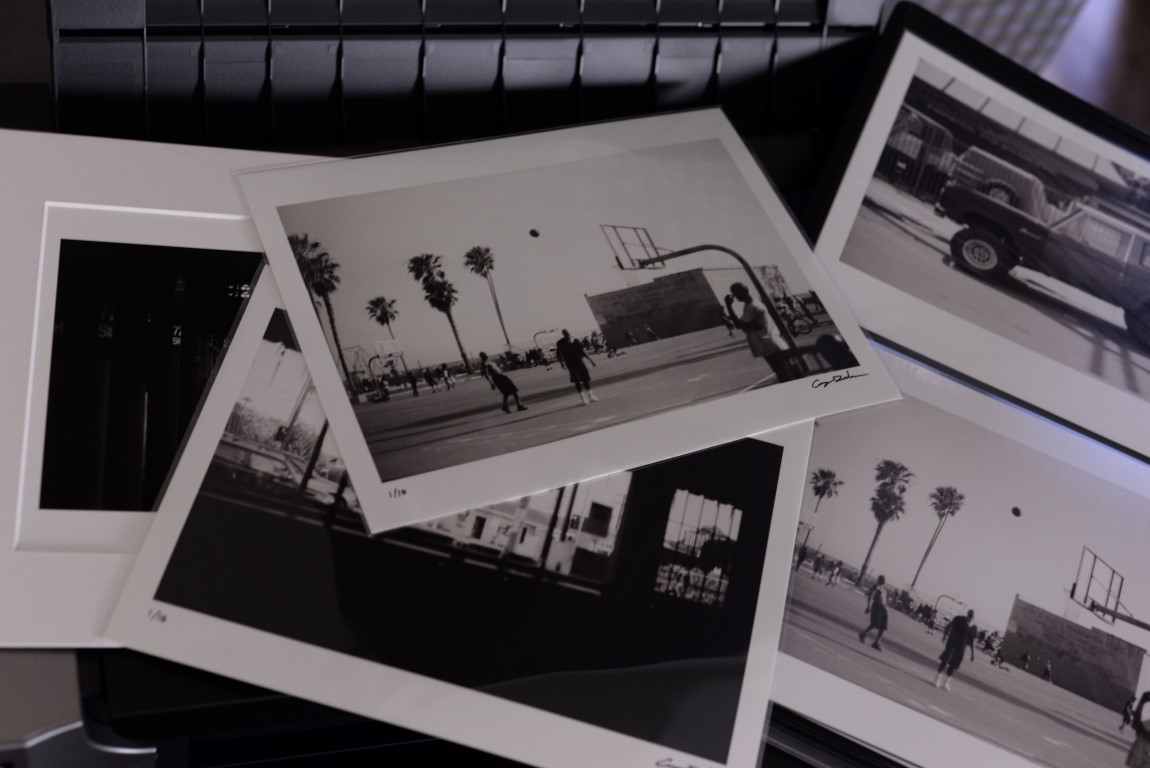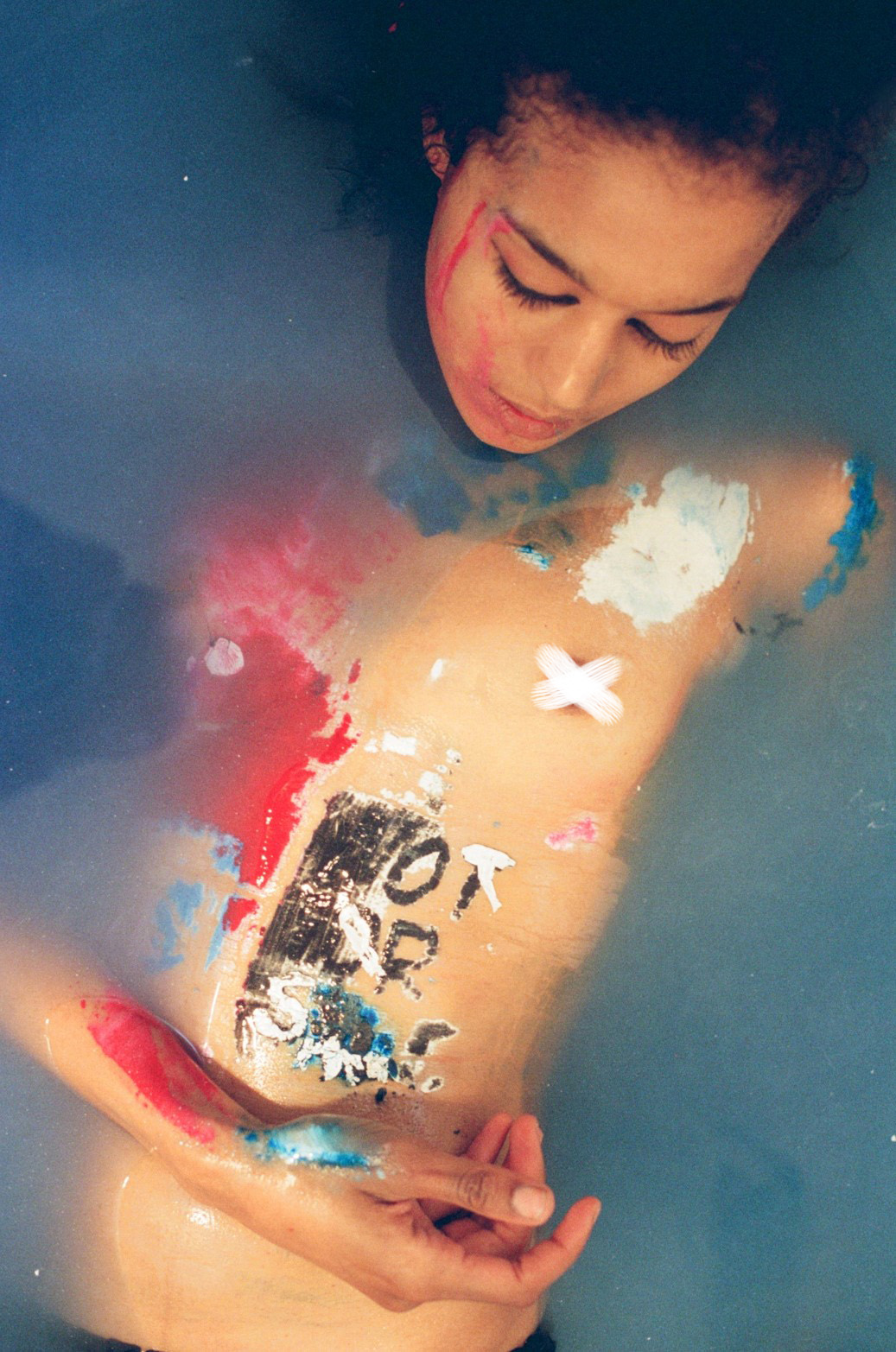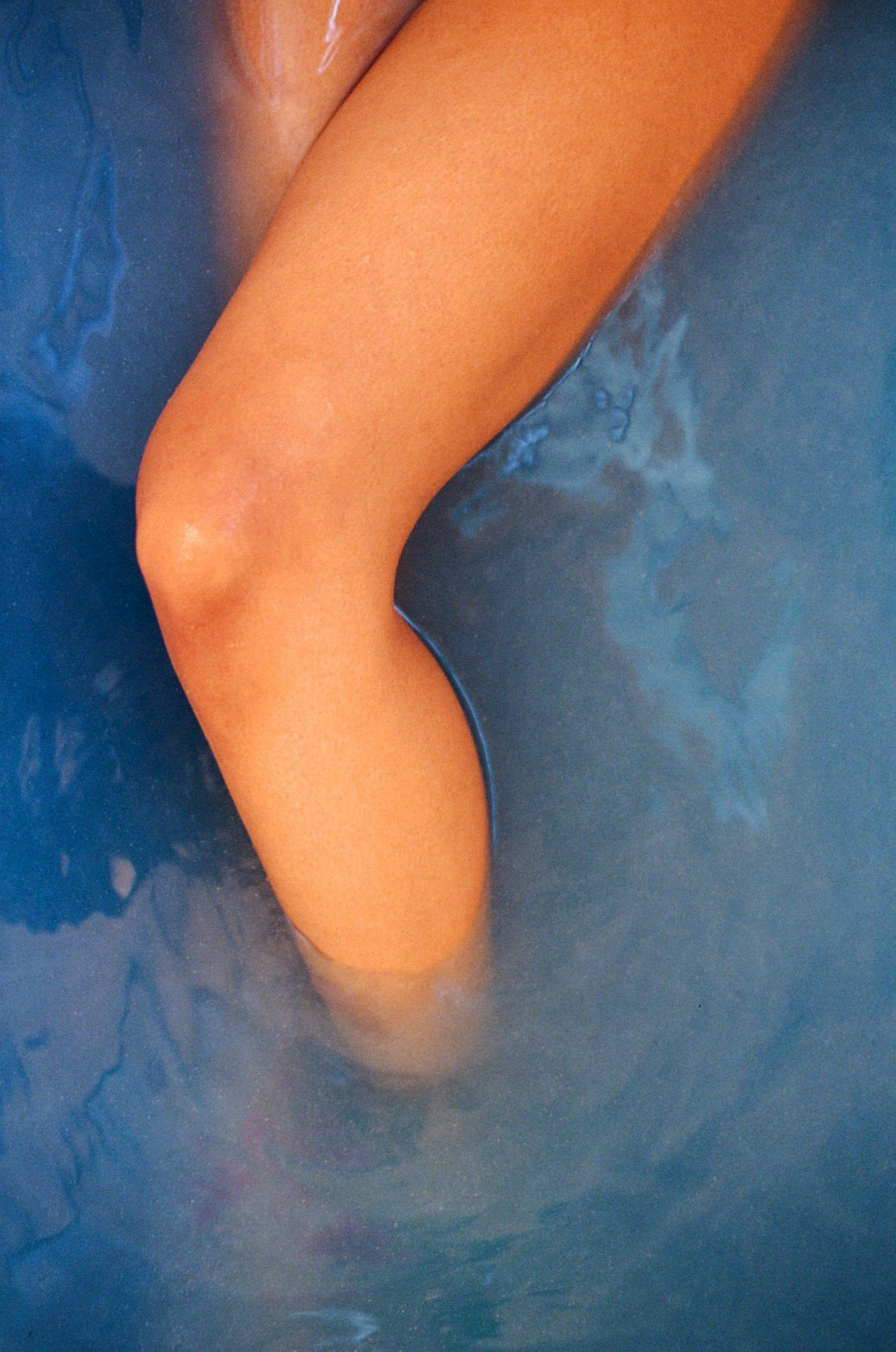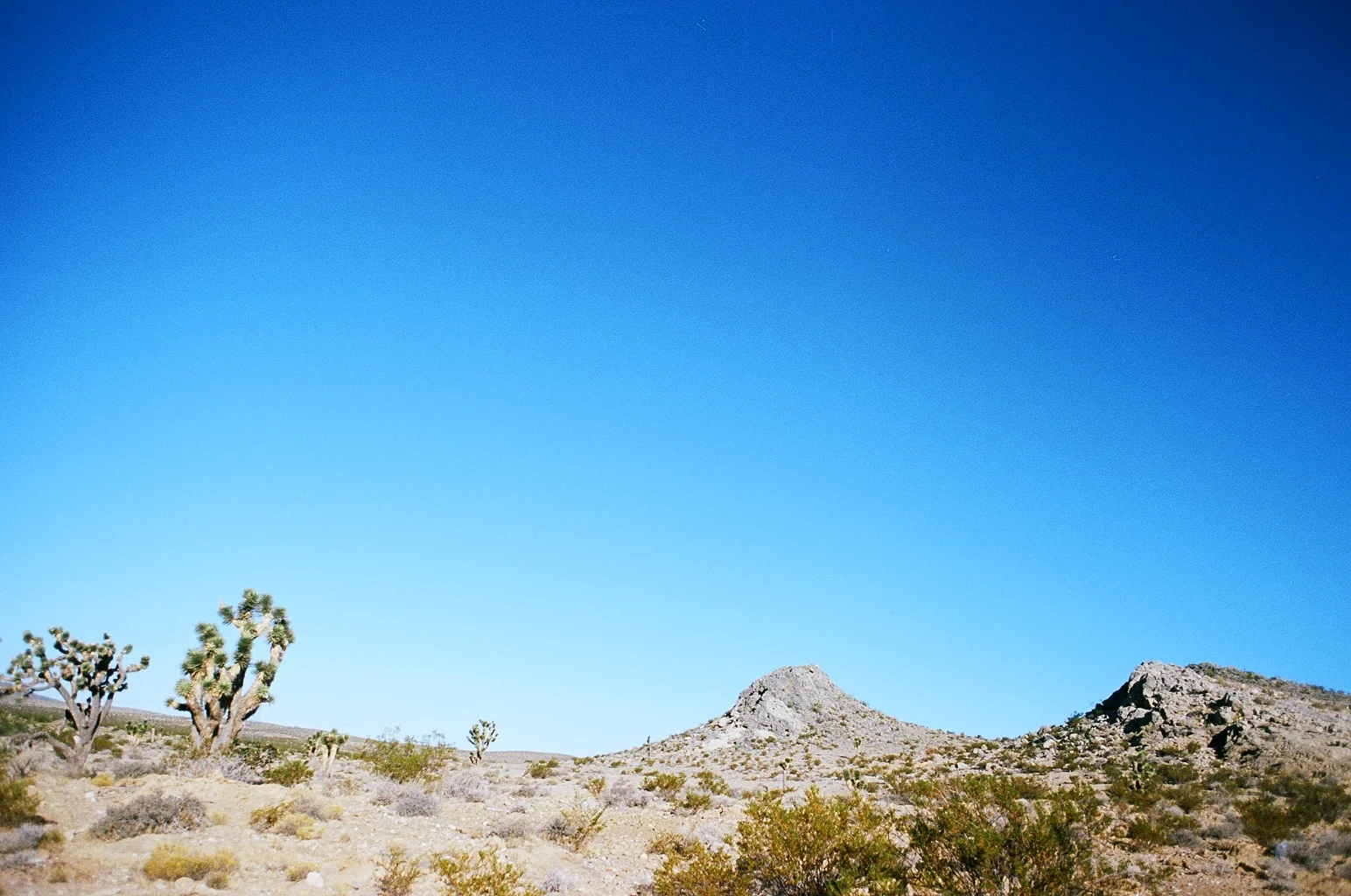Finding New Motivation
If you haven't noticed, I really haven't been shooting much this year. Even everything I've posted on Instagram so far was work I completed last year, save for a few previews and tests. Call it a lack of inspiration, lack of funds, lack of motivation, or all of the above. On Instagram, I like to switch back and forth between posting street and portraiture, colour and black & white, 35mm and medium format, etc. as a way of keeping the curated gallery aesthetic of the page intact. So after finishing my medium format color portrait series, the next logical step in the progression was to go back to black & white street. Only I didn't have any black & white street left to post, meaning I'd need to go out and shoot some more. Yet for whatever reason, I just didn't. In retrospect, I guess I don't find Los Angeles to be that inspiring of a place for street photography, but it was more than just that.
At the beginning of the year I knew I wanted to get something different out of my work in 2016. Shooting is a lot of fun, but is that it? I've been dreading the day I actually sit down to add up all of film-photography related expenses from 2014 and 2015 only to come to find I'm several thousand dollars invested in a hobby that at the end of the day is just that, a hobby. (Hopefully it's not that bad, but I ain't lying when I say #StayBrokeShootFilm). At the end of the day, I do go through an unnecessarily large amount of trouble and expense to manually expose film, lab develop and scan negatives, transfer everything to a computer, color-correct often mediocre lab scans (a result of unsupervised batch-scanning), sort them, and finally transfer them to my phone, all so that my photos can find their final resting place on Instagram amongst memes, selfies, what people are eating for breakfast, and the small and dedicated niche of other film photographers who typically reside in Europe and Asia. Don't get me wrong, I appreciate Instagram for being the sole reason for my gallery debut in January, but I just don't think it's truly the best place for the kind of work I want to make (ridiculous censorship included). And I do love displaying my work at these gallery shows, but let's be honest, people go to group art shows to support their friends and have fun, not to buy art. I get the feeling this isn't a sustainable business model.
So this year I decided, you know what, I'm gonna scale back. I don't want to have ten rolls of film to develop at the end of every month, and I don't want to crowd-fund anytime I need to print anything because I'd have no money left to create display pieces otherwise. I was going to simplify, shoot exclusively black & film street photography using a single camera and lens combo for the rest of the year, and continue working to build my audience of fellow film photographers on Instagram by providing quality content of my own and engaging with theirs. Meanwhile, as if on cue, the Facebook-owned Instagram adopted the Facebook model of aggregated news feed posts, meaning people would no longer be able to log into Instagram and see all the photos I posted in chronological order by just scrolling down their timelines. Instead, now some mysterious Facebook-esque "news feed optimization algorithm" will determine which of my updates my followers get to see and when. What that meant for me was, now a significantly smaller percentage of my followers would ever even see my work, and if they did, they'd see it in the manner, time, and order (if at all) that Instagram dictated. And that's, for lack of better terms, fckin stupid.
If you know anything about me as a filmmaker, you'll know the Kubrick in me has a real problem giving up control over the presentation and viewing conditions and of my work. It's for this exact reason that my short film To Police probably won't ever be released in full online. If you wanted to see it, you needed to come to the theater to see it. The second I put it on Youtube, the second people are watching it on their iPhones from the toilet, and I just don't think that's how a film about the shooting of a teenager by a police officer should be viewed. But I digress...
So now what? I even tested this new Instagram algorithm, and found that if I posted the exact same (crowd favorite) photograph now that I did a year ago I should expect about 200 less Likes. Which doesn't sound like much, until you consider that a year ago I had roughly 5,000 less followers that I do now. I had to more than double my follower count just to be able to reach only 200 less people. And for me, Likes aren't so much about social validation as they are about engaging with a core audience of fellow photographers, filmmakers, and enthusiasts who actually do appreciate my work, so I do find visibility to be very important. Particularly when this is the very same audience I intended to reach with the launch of this website in order to convert Instagram followers to Subscribers and Subscribers to Print Owners. Because at the end of the day, the only way I was going to be able to keep shooting at the rate that I was would be if print sales could cover my expenses. Now, with a significantly smaller percentage of people even aware that I have a website where I sell prints, I get the feeling this isn't a sustainable business model.
(I also found that charging darkroom prices might not be the best way to start out, so you'll be happy to know I am currently researching alternative, affordable print methods without compromising quality. More on that next week).
Which brings me to today. I'm now two group art exhibits in when it dawns on me that, like everything else in life, skill and merit are absolutely trumped by proximity and relationships. Whether or not my photography is good enough to be hanging on the walls of true art galleries actually has absolutely nothing to do with who I know that could actually get my work into true art galleries. And this is an important distinction for any up and coming photographer to make nowadays. Sometimes your success as a photographer has absolutely nothing to do with what your photos look like. So, let's just say I've found my next door, and have given my foot its next target. I may not be shooting much at the moment, but what I am doing is laying the foundation for my first ever solo photography exhibit. I've found some interested parties as a direct result of networking at the I AM Group Show, so hopefully I'll be able to make a fortuitous announcement in the very near future. From there, it'll be time to move into permanent galleries.
All in due time, all in due time...













